It wouldn’t be wrong to say that paper has lost its importance in today’s highly digital world, with a reduction in graphic paper production by more than 30% since 2010. Although, even with this decline in visual paper production, paper is still in high demand, especially due to the rise of e-commerce. This industry has increased the sales of paper products, particularly in the form of paper packaging, with a production of 401 million metric tons in 2020.
This demand is due to the fact that paper is biodegradable, recyclable, and helps to conserve natural resources. This article will look into the rise of paper packaging trends and show how it’s dominating the packaging industry worldwide.
Table of Contents
A recent boom in paper packaging
A comprehensive guide to paper Packaging
Types of paper packaging
Conclusion
A recent boom in paper packaging
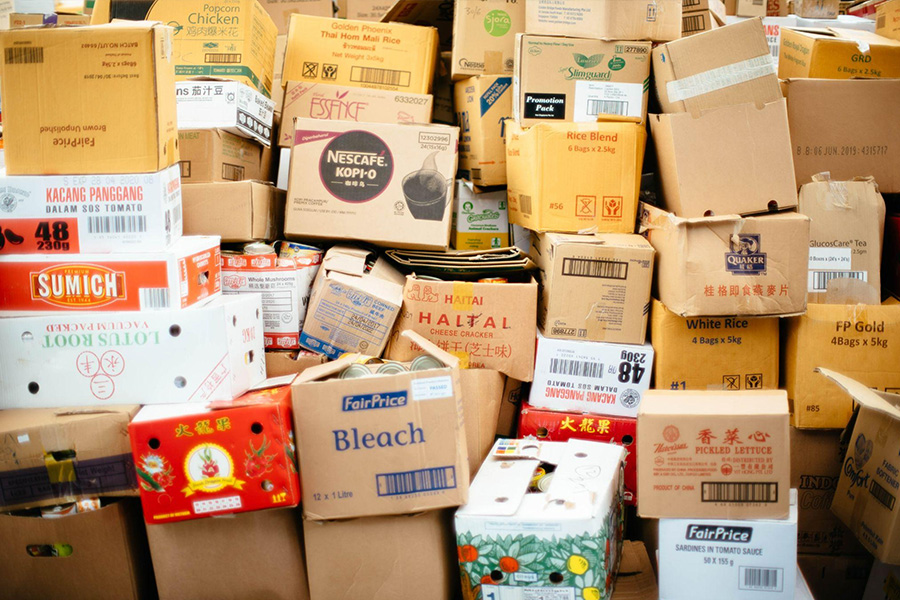
With the rising public awareness of climate change and global warming, demand for paper-based products and packaging has increased extensively. That is why the paper is a highly demanded and consumed material in developed nations. China was the highest consumer of paper and paperboard in 2020, with a consumption of 124.8 million metric tons, while the U.S. and Japan were the second and third highest consumers.
With environmental awareness growing among consumers worldwide, many industrial giants have adopted paper packaging for their products. Apple inc. and McDonald’s are the leading companies to initiate the use of paper packaging to raise awareness about environmental degradation.
Today’s consumers are eco-friendly and prefer using eco-friendly packaged products. The European Union has imposed a 0.80 € tax (per kilogram) on products using plastic or other hazardous materials for packaging. To ensure a green economy, many developed nations and independent bodies offer grants and incentives for using eco-friendly materials for packaging products.
A comprehensive guide to paper packaging
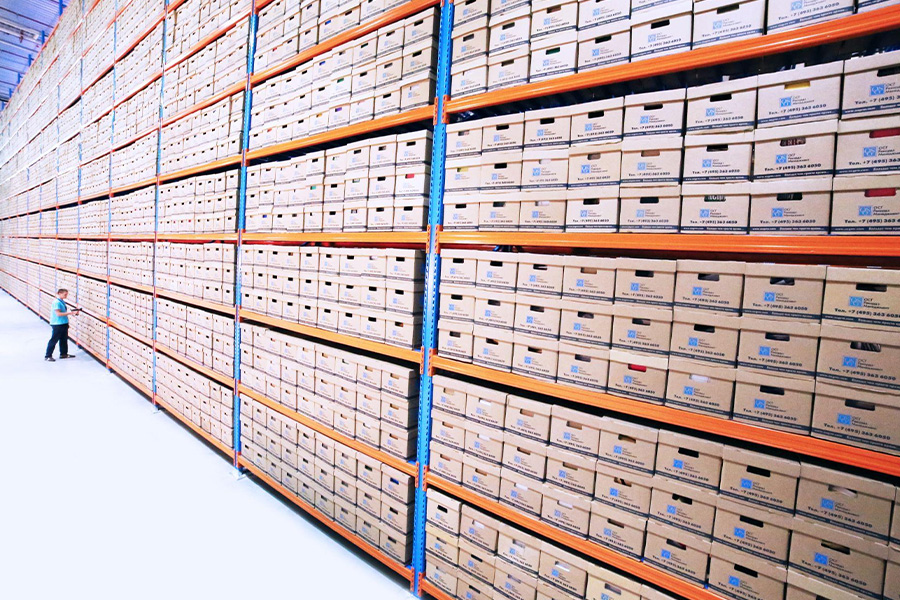
With this rise in environmental awareness, many major e-commerce retailers, such as Amazon, have adopted paper packaging for their products. According to a recent survey by IPSOS, 78 % of individuals responded that they prefer buying paper-packaged products and cardboard boxes to help the environment. Besides being environmentally friendly, biodegradable, and recyclable, paper is also easy to stack and store, and inexpensive.
That’s why paper packaging is in high demand globally, with China being the highest consumer of paper and paperboard, at about 124.8 million metric tons. Paper packaging and paperboard had the highest recycling rate, with a rate of 82%. In comparison, metal was 77.4%, and plastic had an average of 40.6% in EU countries in 2019.
Types of paper packaging
Paper packaging is available in various forms, and this section will highlight the key features of each:
- Corrugated board paper
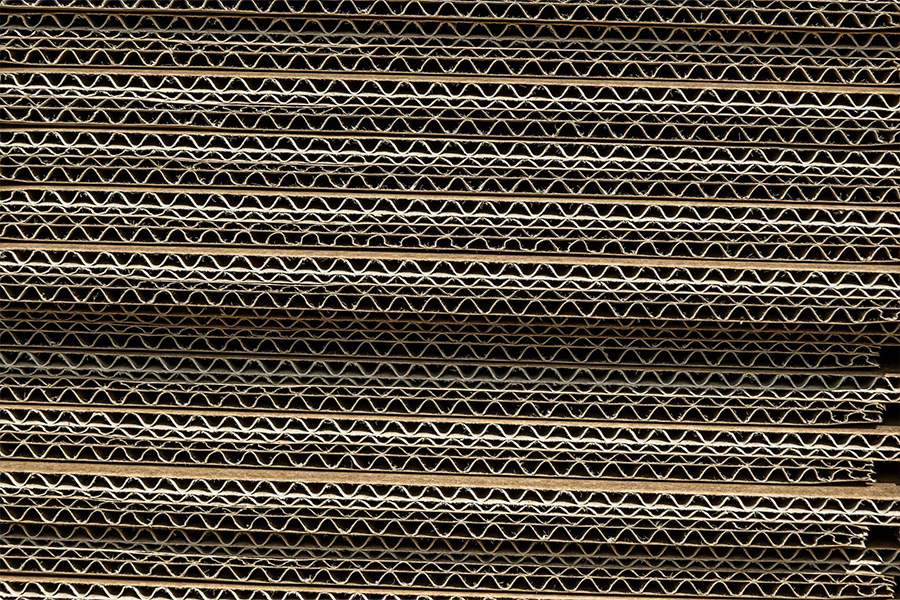
Corrugated boxes are usually used to pack fruits, vegetables, wine, medicines, electronics, and appliances. There are three layers of a corrugated box; the top and bottom layers are called a liner board, while the medium layers are called a corrugated medium, and overall several different layers of fiber are used to make up a corrugated box.
The middle part of the corrugated box with a series of parallel ridges and grooves gives it strength, hence making it a corrugated box. Corrugated boxes are used for shipping heavy objects and can save them from damage during the process of shipping and logistics. With the growing environmental awareness among consumers and producers, the global market volume of corrugated boxes is expected to reach the US $294 billion.
- Gift wrapping

Gift wrapping paper, also called light-weighted coated paper (LWC), is used to wrap gifts and everyday items. A mechanical pulping process grinds up wood chips and logs and forms a pulp used to make LWC. They’re environmentally friendly and can be recycled or reused.
Gift wrapping is available in customized designs and colors for various occasions like birthdays, anniversaries, Thanksgiving, Christmas, and weddings. Sometimes vibrantly printed kraft paper is also used for gift wrapping to stop environmental degradation. The U.S. has been the biggest exporter of gift-wrapping paper, producing 974,200 metric tons, while China has been the biggest importer with 1.02 million metric tons in 2020.
- Cardboard paper
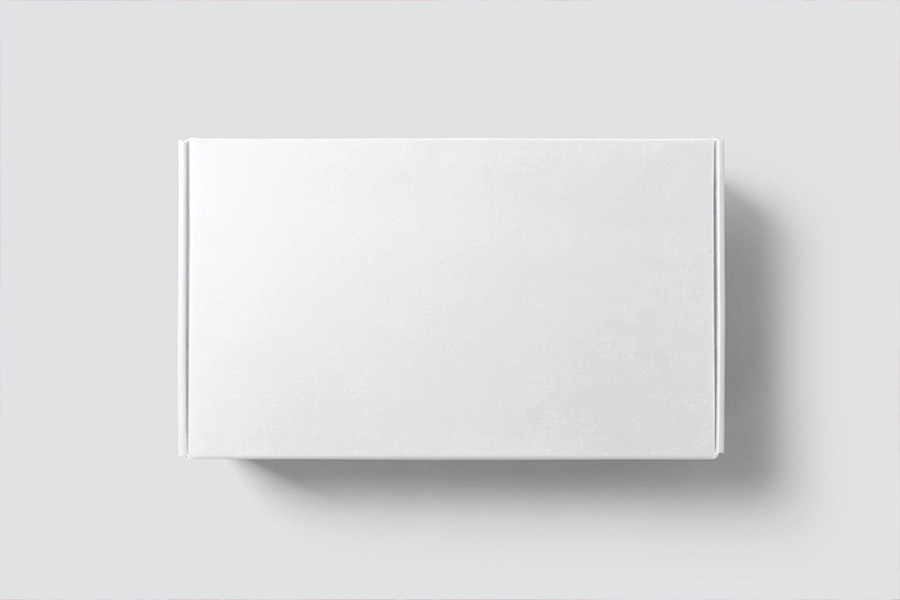
Unlike corrugated boxes, cardboard boxes are single-coated from heavy-duty paper. Their sheets are light weighted and much slimmer than corrugated boxes. They’re usually used to pack lightweight and dense products like cereals, milk cartons, and children’s toys.
They’re 100% recyclable and biodegradable, however, in rare cases, they are sometimes impossible to recycle due to a duplex board that is layered or sealed with plastic or wax coating. The global production of cardboard was estimated to be 66 million tons, with global consumption of 400.9 million metric tons in 2020.
- Kraft paper
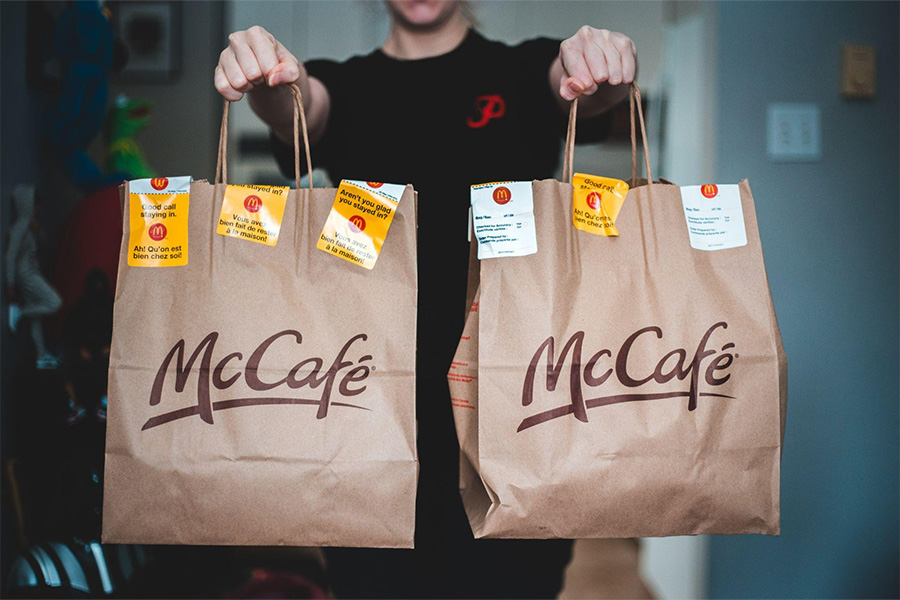
Kraft paper is made from softwood and is a resistant, highly elastic, biodegradable paper. Kraft paper is used to produce paper bags, paper sacks, gift wrapping sheets, and sometimes for packing boxes in logistics. Kraft paper is one of the most solid and sustainable paper types.
The U.S. produced 2.4 million metric tons of air dry kraft paper for packaging and wrapping in 2020. It is prepared with the lowest chemical processing. However, it reduces paper’s ability to print high-quality printing, and black is preferred for printing to make the ink visible.
Conclusion
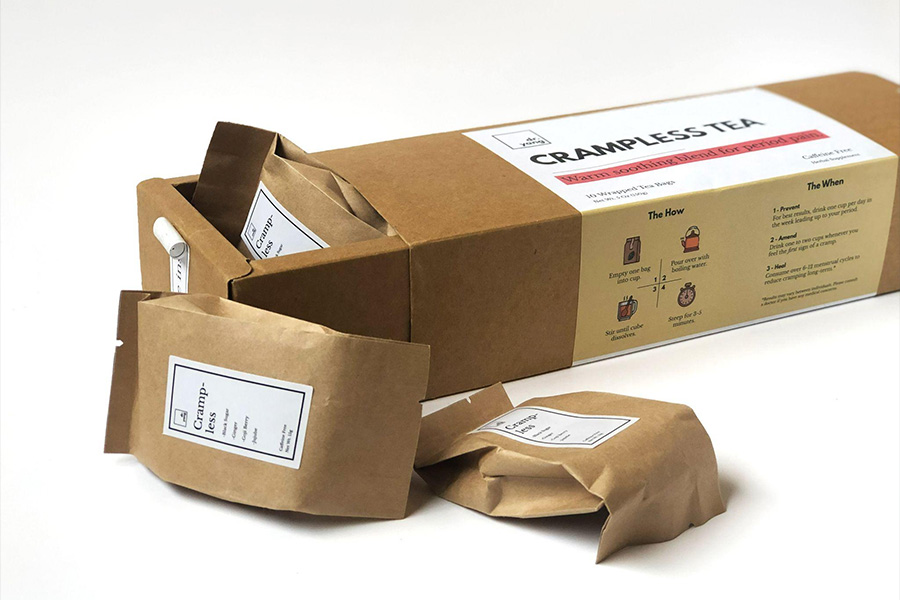
With the emergence of climate change and global warming, today’s consumers know the hazards of materials like plastics and bioplastics. People are more concerned about effective waste management than the aesthetic packaging appearance of the product. With governments and independent bodies imposing taxes on plastic packaging and providing grants and incentives for using paper, paper packaging is a big step toward environmental sustainability.
By adopting these environmentally-friendly materials, brands can increase their appeal and take strides to help reduce our impact on the environment. With this in mind, this guide has discussed the key kinds of paper packaging and which factors determine the most suitable packaging for a product, as well as highlighting the latest trends that the paper packaging industry has adopted.




